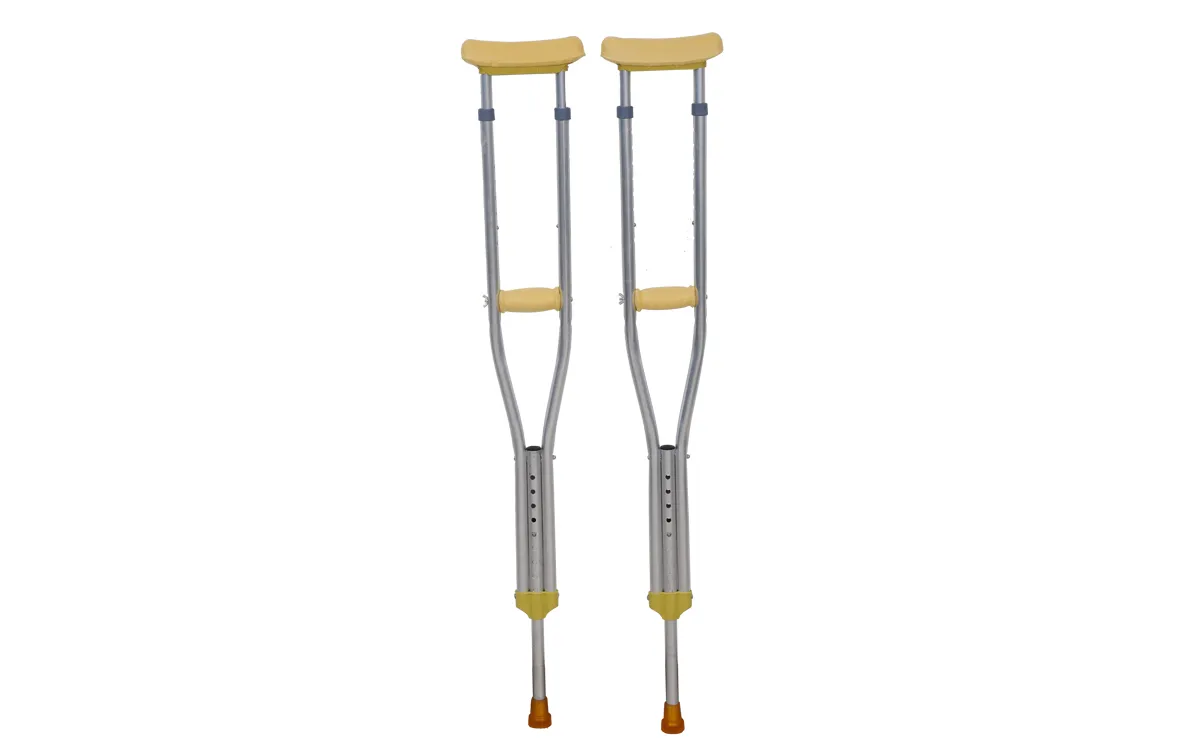Welcome to our websites!
Optimizing Wheelchair Fit Through Targeted Physical Therapy Techniques for Enhanced Mobility
Wheelchair Fitting in Physical Therapy A Comprehensive Approach
Wheelchair fitting is a crucial aspect of physical therapy for individuals with mobility impairments. Ensuring that a wheelchair is appropriately fitted not only enhances the user’s comfort and independence but also prevents secondary complications associated with improper use. This article explores the significance of wheelchair fitting within the realm of physical therapy, discussing the components that contribute to successful fitting, the role of physical therapists, and the broader implications for patient health and quality of life.
Understanding Wheelchair Fitting
Wheelchair fitting involves selecting a wheelchair that meets the specific needs of an individual based on their physical condition, mobility goals, and daily activities. It is not merely about choosing the right size; it encompasses a detailed assessment of posture, functional ability, and the environment in which the wheelchair will be used. An inappropriate fit can lead to discomfort, pressure sores, and musculoskeletal issues. Therefore, a tailored approach is integral to the fitting process.
Key Components of Wheelchair Fitting
1. Measurements and Adjustments A proper fitting begins with a thorough assessment of the individual’s body dimensions. Key measurements include seat height, seat depth, backrest height, and armrest height. These dimensions should align with the user's body to promote optimal posture and reduce strain.
2. Postural Support Wheelchair users often require additional support to maintain proper posture. Physical therapists must consider the individual’s alignment and stability. Customized seating systems may be necessary, such as contour cushions, lateral supports, and pelvic straps, to ensure that users remain comfortably positioned while being supported in their desired posture.
3. Mobility and Functional Goals Understanding a patient’s lifestyle and mobility goals is paramount. Some individuals may require a wheelchair that allows for active participation in sports, while others may need one that provides maximal stability for daily living activities. The physical therapist must carefully evaluate the individual's desired level of independence and tailor the wheelchair choice accordingly.
4. Environmental Considerations The environment significantly influences wheelchair use. Factors such as home accessibility, community resources, and vehicle transportation must be evaluated. A wheelchair fitted for an urban environment may differ from one designed for rural settings, where uneven terrain may present challenges.
wheelchair fitting physical therapy

The Role of Physical Therapists
Physical therapists play an instrumental role in the wheelchair fitting process. Their expertise extends beyond basic fitting techniques to include comprehensive patient evaluations that incorporate biomechanical principles and functional assessments. Therapists also provide education and training on how to use the wheelchair effectively, focusing on skills such as maneuvering, transferring, and utilizing the wheelchair for various daily tasks.
In addition, therapists often collaborate with occupational therapists, wheelchair suppliers, and other healthcare professionals to ensure a holistic approach to fitting. This interdisciplinary collaboration fosters a supportive environment for the patient, empowering them to navigate their rehabilitation journey effectively.
Broader Implications for Health and Quality of Life
Proper wheelchair fitting transcends immediate comfort; it plays a critical role in the user’s overall health and well-being. An appropriately fitted wheelchair can significantly decrease the risk of developing pressure sores, reduce the incidence of musculoskeletal pain, and enhance overall mobility. By facilitating greater independence, users can engage more actively in social, educational, and occupational pursuits, contributing positively to their mental health and quality of life.
Moreover, the right wheelchair fitting is essential for fostering a sense of empowerment among users. When individuals can move freely and comfortably, they are more likely to participate in activities they enjoy and to engage with their communities, which is crucial for emotional and psychological well-being.
Conclusion
In conclusion, wheelchair fitting is a vital component of physical therapy that warrants careful consideration. With a focus on individual needs, functional goals, and environmental factors, physical therapists can ensure that users receive a wheelchair that enhances their mobility and quality of life. The integration of thorough assessments and collaborative approaches is imperative in providing quality care. Ultimately, the goal is to empower individuals with mobility impairments to lead fulfilling, active lives while preventing health complications associated with improper wheelchair use.
-
Transforming Healthcare with Hospital FurnitureNewsJun.24,2025
-
Rehabilitation EquipmentNewsJun.24,2025
-
Mobility and Independence with WheelchairsNewsJun.24,2025
-
Freedom of Mobility with Our Rollator WalkersNewsJun.24,2025
-
Comfort and Independence with Commode ChairsNewsJun.24,2025
-
Bathing Safety and Independence with Shower ChairsNewsJun.24,2025
-
Navigating the Wholesale Landscape of Electric Mobility Solutions: Key Considerations for Power Wheelchair DealersNewsJun.10,2025











